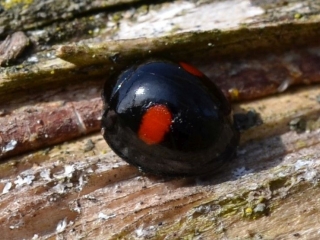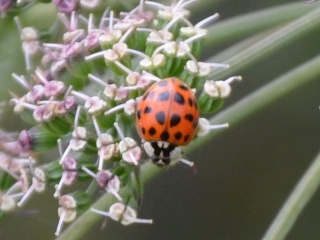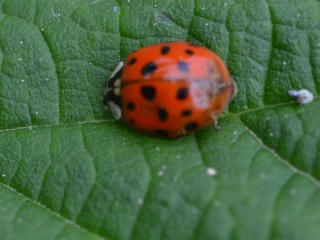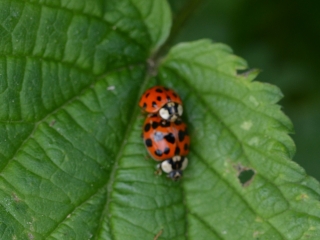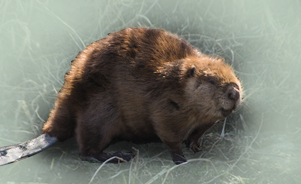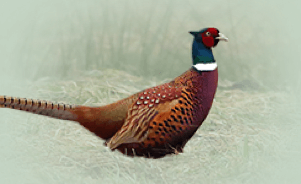Asian ladybeetle Harmonia axyridis
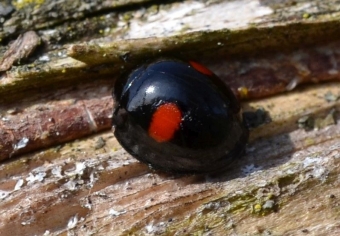
Features
It is similar in body structure to other beetles, recognizable by its relatively large size - 7 to 8 mm in length - and has brown legs.
| Species | Insect |
| Living space | Bright forest, Clean or mixed forest, Conifer forest, Dark forest, Deciduous forest, Meadow, Mixed forest |
| Size | 7-8 mm |
Description
The coloration pattern is an unreliable sign as it is extremely variable. The basic color of the caps ranges from pale yellowish to black, the number of dots from zero to 21 and their color from orange-red to black. The pattern of the shield (pronotum) is also varied, with black spots on the basis of white or cream, which can be fused into an M-shape or even larger to leave barely anything white. Based on the patterns, several color forms have been described in the past, but these are not precisely determined or. there are specimens with a whole gradient of intermediate properties. Two generations usually take turns a year, and in favorable conditions they can have four generations a year. They live in the adult stage for about a year, of which they reproduce for three months. The eggs are oval in shape, a little over a millimeter long. The larvae hatch several times and grow up to 10 mm in length before transformation, the older ones have orange spots on a black to gray background and branched flexible growths on the back. It prefers forest habitats, but also occurs secondarily in cultural landscapes and settlements. The range indicates that it can withstand temperatures below freezing to 30 ° C. It is a polyphagous predator of other insects. Due to its size, aggressiveness and rapid reproduction, this beetle exterminates indigenous species of aphid predators in different environments and in some cases also preys on predators themselves.
Features Temenica (3)
SPECIAL ogr.

